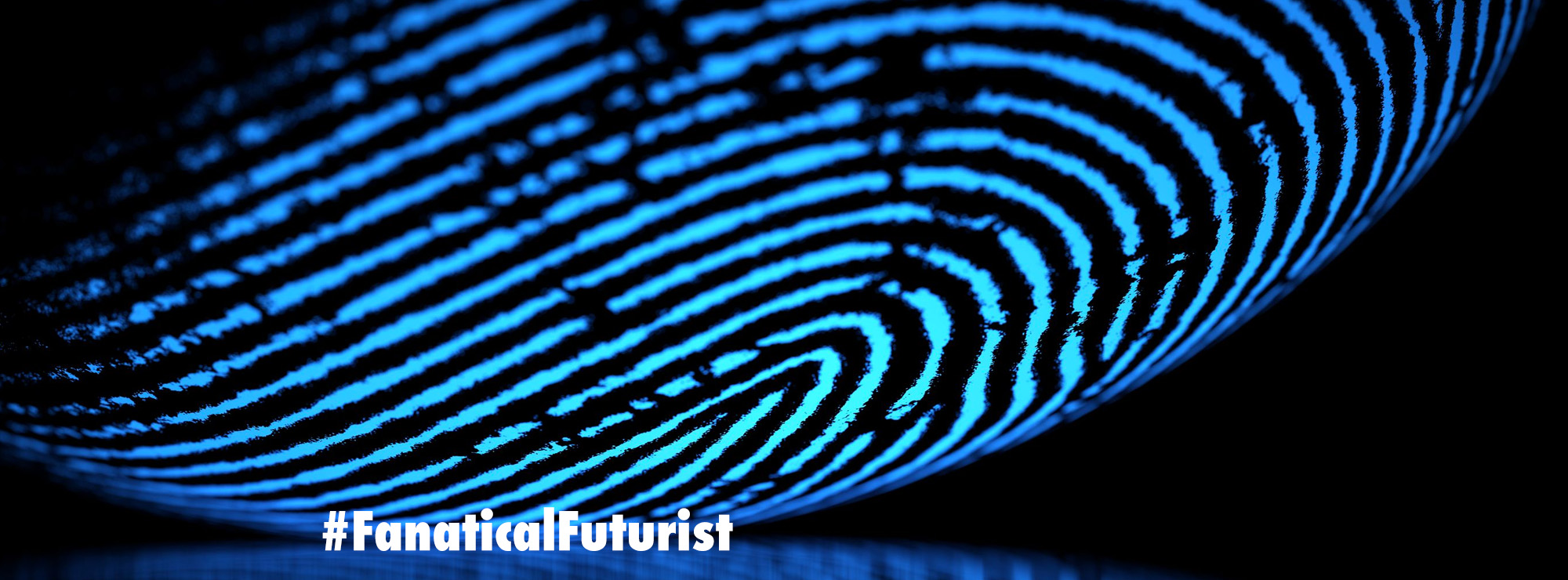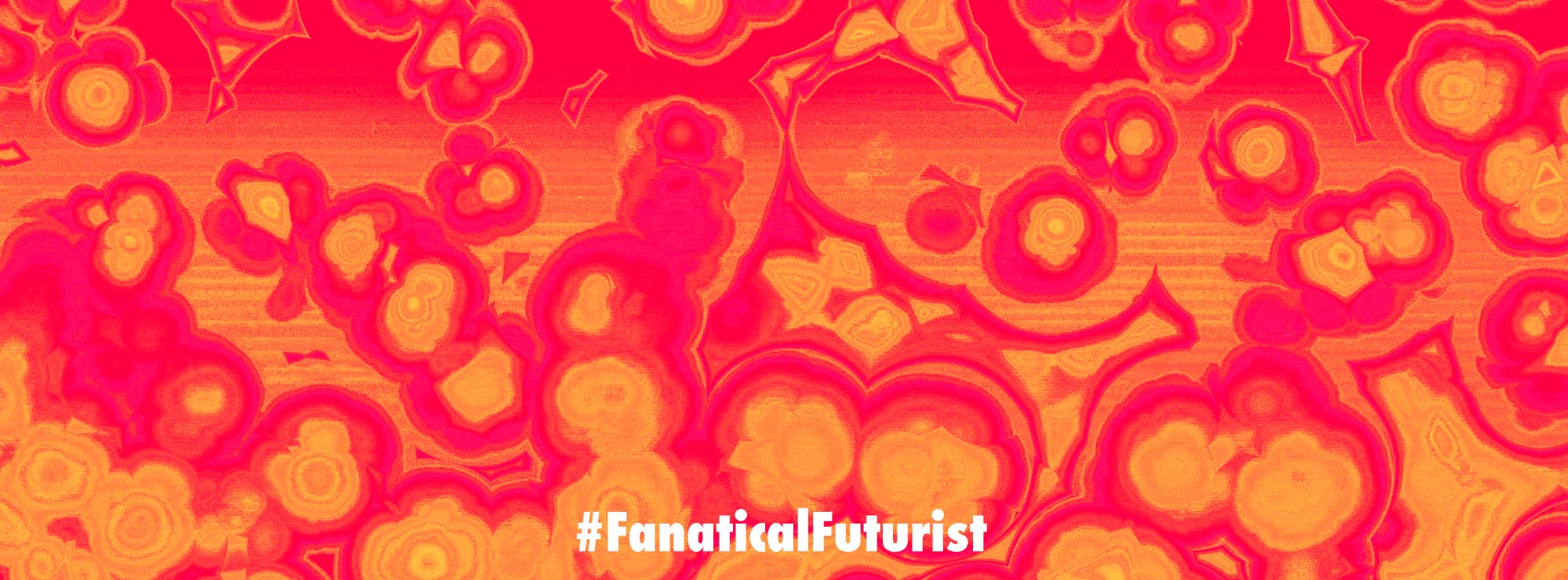WHY THIS MATTERS IN BRIEF
Sea grasses are incredibly important marine habitats, and they’re under threat, but now new technologies are helping restore and save them.
 Love the Exponential Future? Join our XPotential Community, future proof yourself with courses from XPotential University, read about exponential tech and trends, connect, watch a keynote, or browse my blog.
Love the Exponential Future? Join our XPotential Community, future proof yourself with courses from XPotential University, read about exponential tech and trends, connect, watch a keynote, or browse my blog.
“It should be more like pancake batter,” says Nastasia Winey, as she prepares a seed mix solution for Grasshopper – a seagrass-planting robot. Winey is a robotics engineer with ReefGen, a company that’s working to repopulate lost seagrass habitats around the globe. Found on seabeds from Alaska to Australia, seagrass meadows are one of the most widespread coastal habitats on Earth. While they cover just one thousandth of the ocean floor, these marine plants play an important role in aquatic ecosystems – from providing nursery grounds for marine species, to storing up to 18% of the ocean’s carbon.
But this vital underwater habitat is in decline – with a loss of about 7% a year globally – due to factors like coastal development, climate change, overfishing and pollution.
“Once upon a time, there were about 18 million hectares of seagrass meadows on the planet, and we’ve lost between 30 and 40%,” says Chris Oakes, CEO of ReefGen.
This is a troubling statistic to Oakes, who is also a marine biologist.
Saving the Planet COP28 Keynote, by Sustainability Keynote Speaker Matthew Griffin
“Without the seagrass meadows, we’re going to see more coastal erosion, the loss of coral reefs, the loss of fish stocks, and degraded water quality,” he said.
Five years ago, ReefGen was formed by Google X cofounder Tom Chi, who witnessed the decline of coral reefs close to his home in Hawaii and turned to engineering and robotics to help.
Seagrass restoration projects often involve divers planting seeds or shoots on the ocean floor. This process can slow and low-yielding, Oakes says. It can also be risky for divers working on the sea floor for extended periods of time.
“Manual planting works, but robots are really good when things are dull, dirty, dangerous, or distant – the four Ds,” Oakes says.
As technology has improved and the cost of parts has decreased over the last two decades, underwater robots have begun to play an important role in exploring and working in harsh aquatic conditions.
“What’s amazing about where we are today in terms of robotic technology is there are a lot of off-the-shelf parts that are affordable and it allows us to start to break into these new applications, like restoration,” Oakes explains.
ReefGen first engineered a robot named Cora that plants coral plugs onto reefs to help regenerate them. Cora provided the foundation for Grasshopper – the startup’s seagrass planting iteration.
Weighing just about 23 kilograms (50 pounds), Grasshopper – adorned with pink skis, a few cameras and a lot of tech – can currently plant up to 60 seeds per minute and can hold up to 20,000 seeds in a 20 liter bag.
It works by injecting the seagrass seed and mud solution, prepped beforehand, into the sediments in the seafloor.
After releasing about four seeds through its planting chute, it hops around 30 centimeters over to its next injection spot, so as to not disturb its surroundings.
Grasshopper isn’t fully autonomous just yet. It’s still piloted by a human using a controller interface on a boat, and it follows a transect line – a long measuring tape placed by a diver over the ocean floor for plotting and orientation.
“Right now, we’re focused on the planting, the biology and the mechanical aspects,” Oakes says. “Once we’re confident that that’s all designed the right way, we will overlay more semi-autonomous features like navigation, so you don’t actually have to pilot it or lay those transect lines.”
The seagrass-planting robots have operated in North America, Europe and Southeast Asia. This July, Grasshopper planted 25,000 seeds in Wales.
While Oakes says it takes time to see the results, he adds that their first seagrass pilot project in 2022 grew the same quality and quantity of eelgrass as the manually planted control plot. That deployment helped establish that mechanized planting, at speed and scale, is feasible.
In October, ReefGen teamed up with the University of North Carolina (UNC) Institute of Marine Sciences to run comparative studies looking at various seed-based seagrass restoration methods, including robotic planting.
The North Carolina coast is home to a large seagrass population that has been in a slow annual decline.
“A lot of our meadows have transitioned from very contiguous features to more patchy features, so we’re really trying to explore ways to reverse those trends,” said professor Joel Fodrie, director of the UNC Institute of Marine Sciences.
Fodrie’s team collected seeds this past spring from donor seagrass sites that had an excess and kept them in their wet lab until this fall, when they usually germinate and are ready to be planted.
“We’ll deploy those seeds in the places that we think can grow new grass meadows, or at least, start to grow meadows again where we used to have them,” Fodrie says.
Over the course of a few days, Grasshopper planted 1,000 seeds in a 1,000-square-meter quadrant off the coast of the southern end of the Outer Banks, which will be compared to the control sites that Fodrie’s team planted by hand.
Oakes says scientific studies like this help them extrapolate data, like how fast they can plant over time, or what to improve on for the next expedition.
“So far, what we’re doing to collect seeds and then redeploy seeds, it still depends upon many hands,” Fodrie says, “so the ability to automate, the ability to use technology, it can certainly make things much more practical at much larger scales.”
While the ReefGen team is encouraged by Grasshopper’s potential to scale up habitat restoration, Oakes says monitoring and maintaining restored meadows will be key to ensuring success.
“It’s important to think about restoration as an ongoing process; it’s not a one and done program – there will be more events that kill seagrass,” he says.
To capture change over time, ReefGen partners with companies that provide specialized in-field technology for seagrass monitoring, reporting and validation.
Oakes says local communities are central to ensuring the seagrass is cared for in the long term.
“It’s important that we’re not just showing up with expensive robots and flashy things and saying, ‘we have all the answers,’” he says. “We’re creating more habitat for the fish, cleaner water, more jobs – everything that we want as humans; and so that’s why we want to do this, and we want to make it affordable and available.”














